New Citroën ë-Berlingo receives LFP battery
When Stellantis presented new editions of all its light electric commercial vehicles in one fell swoop at the end of October, the update to the small electric panel van models based around the Citroën ë-Berlingo sounded like a small but sensible overhaul: the look was slightly adapted to the current brand identity (with a new logo in the case of the French brand), the connectivity functions were noticeably expanded and practical features such as a heat pump were added to the vehicle. However, with a drive power of 100 kW and the 50 kWh battery mentioned in October without further details, the electric drive seemed to be excluded from the changes.
As is now clear from Citroën’s announcement, there is a decisive innovation in the revised new edition: the new Berlingo, which is still only available in all-electric form in Europe, will be equipped with a battery with LFP chemistry for the first time. And the stated 50 kWh energy content is not (as before) the gross value, but the usable net energy content. Only around 45 kWh of the “old” 50 kWh battery was usable, which was enough for a WLTP range of 270 kilometres at the time.
Stellantis does not name the supplier of the LFP cells in the press release. The panel van models are not the Group’s first model series with an LFP battery. The affordable small electric cars based around the Citroën ë-C3 will also have an LFP battery. According to information from electrive, these cells will come from SVOLT – whether this also applies to the models based around the ë-Berlingo, however, is currently beyond our knowledge.
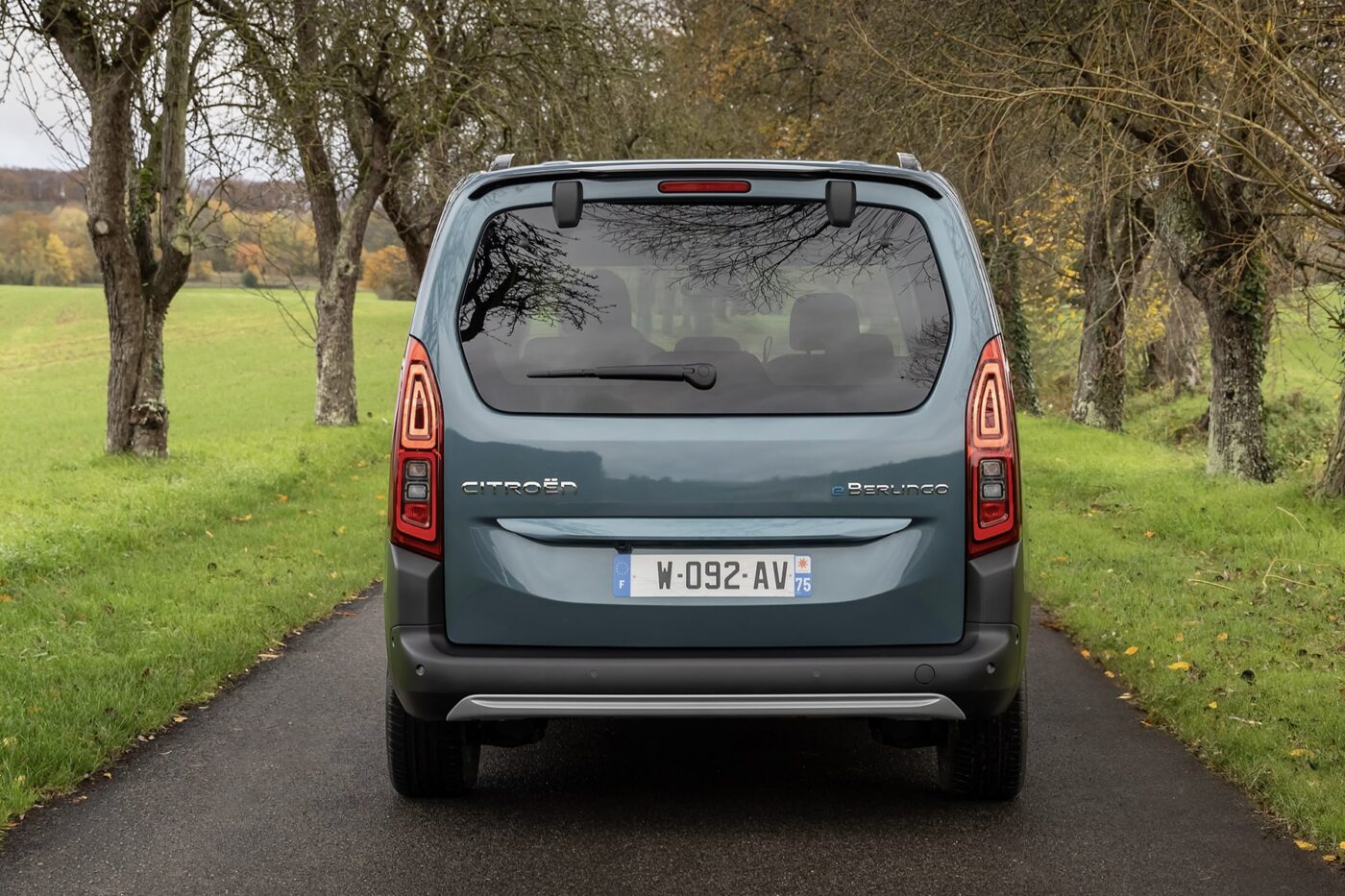
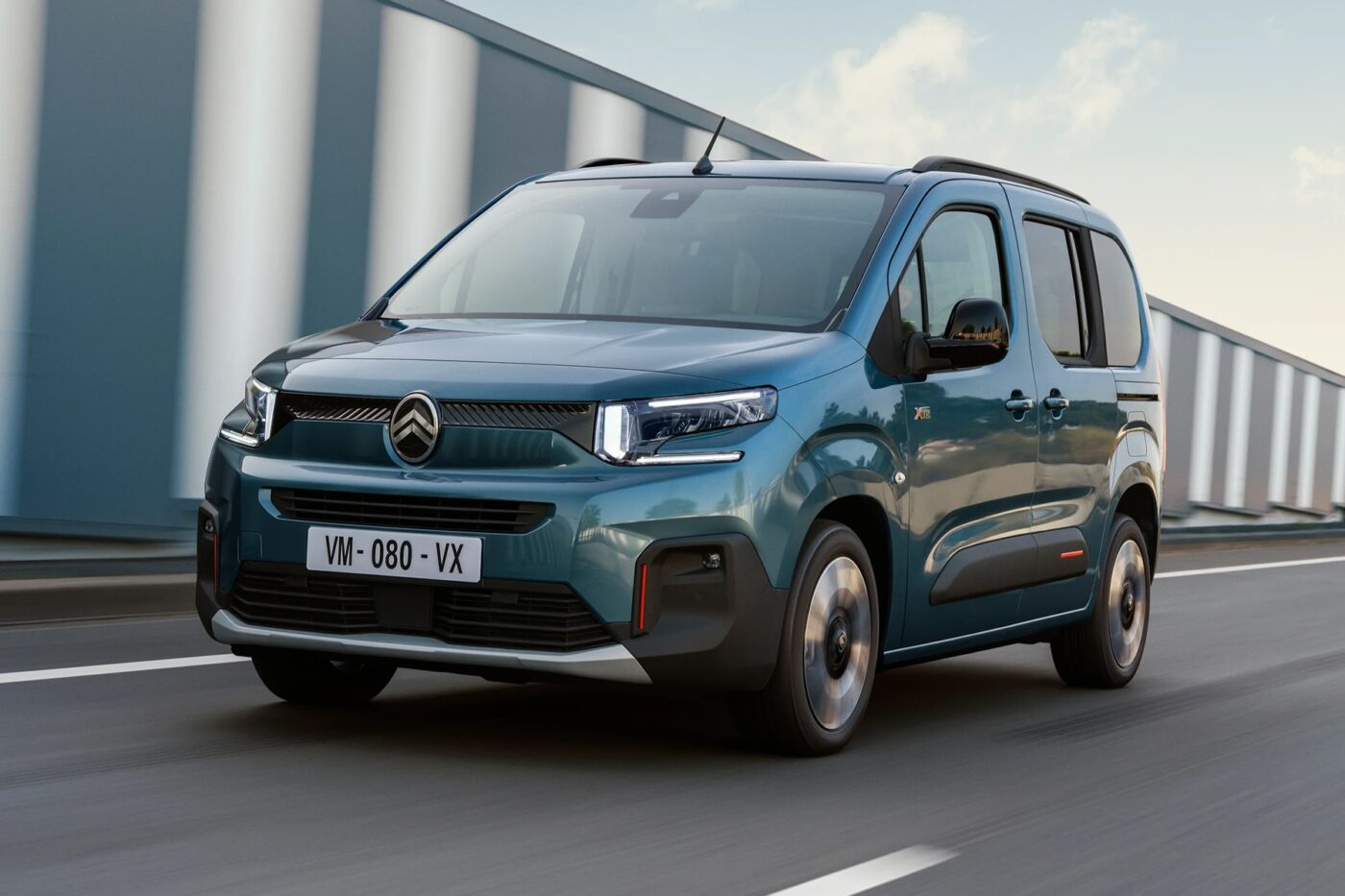
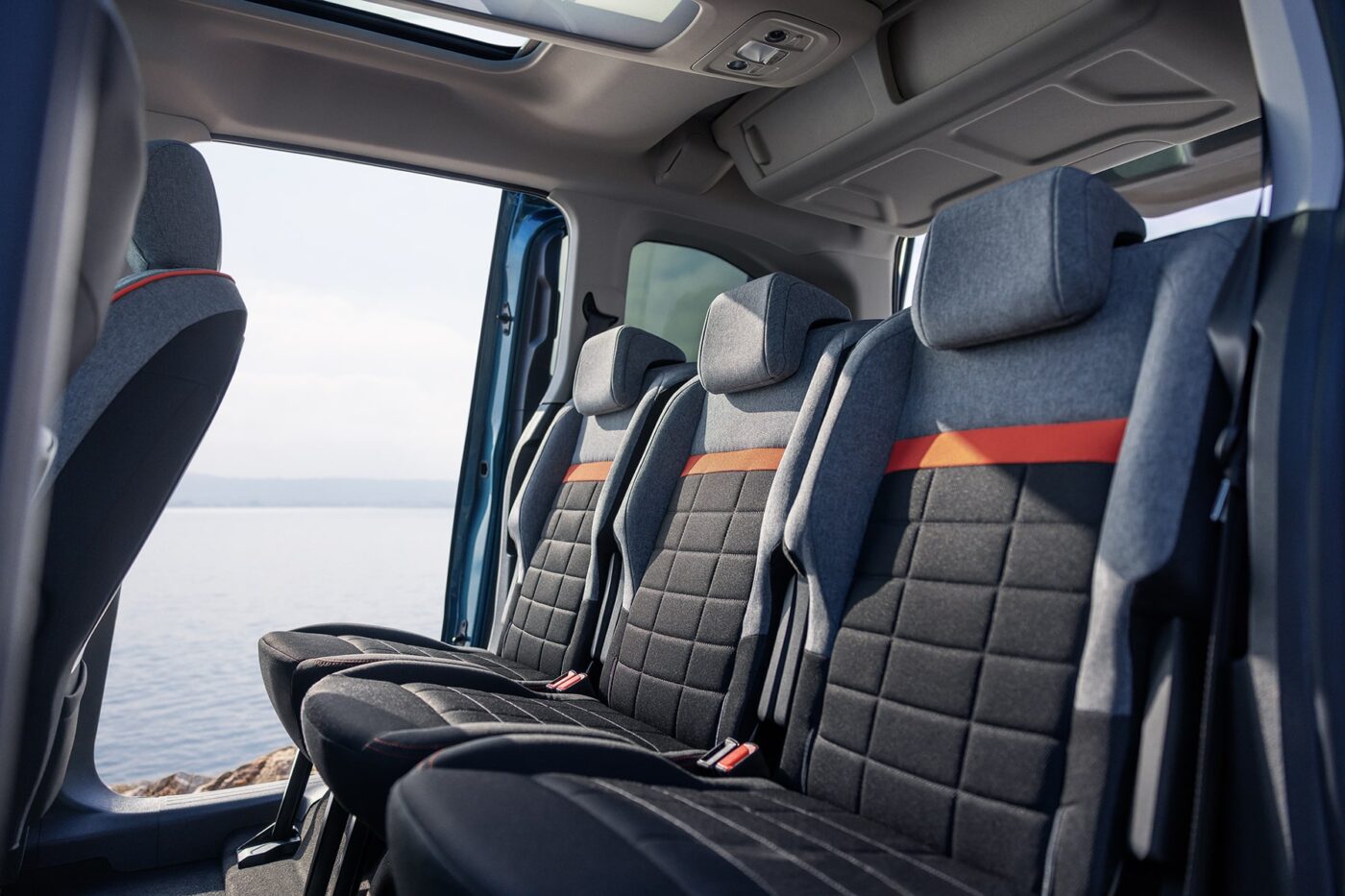
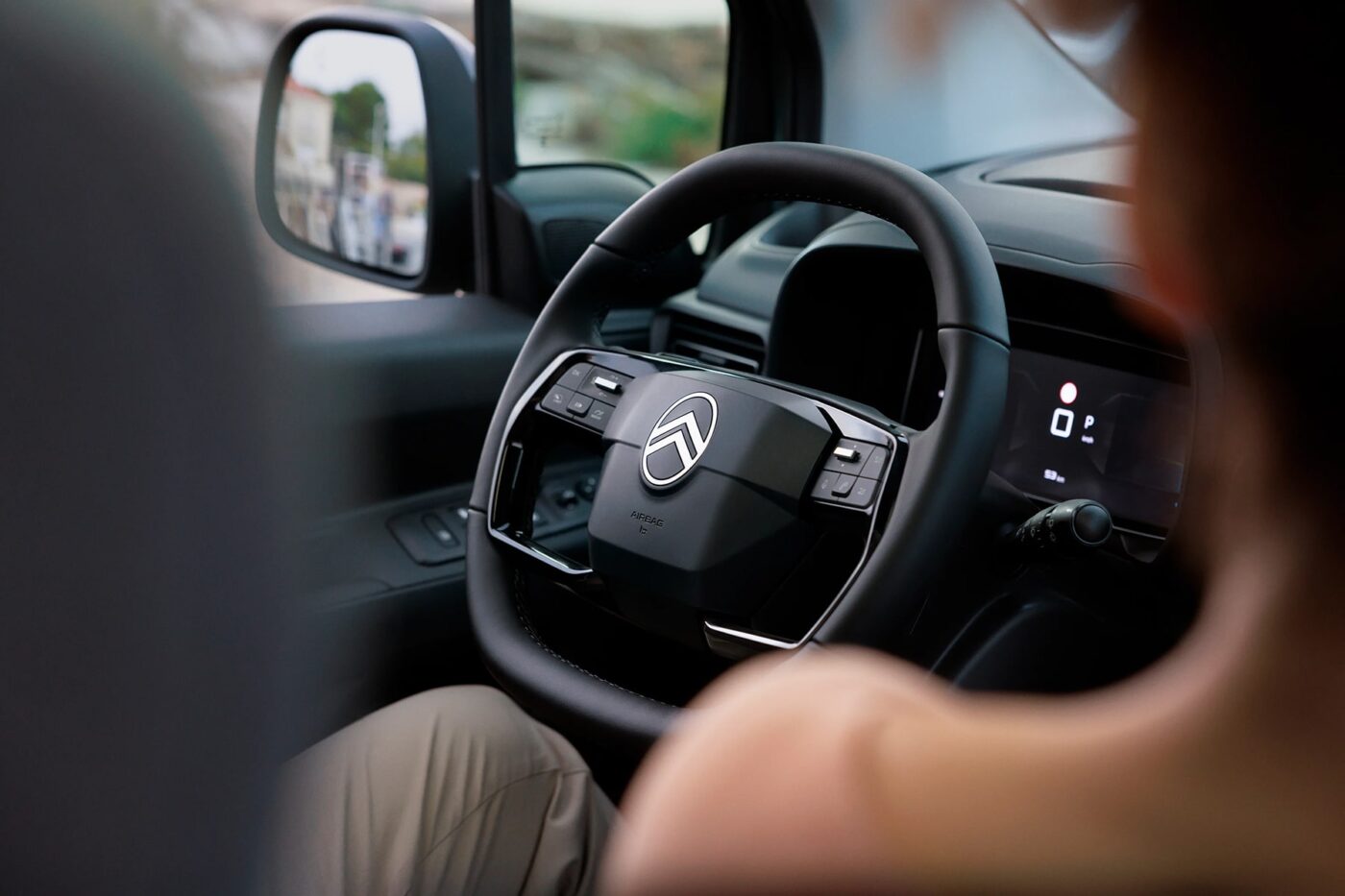
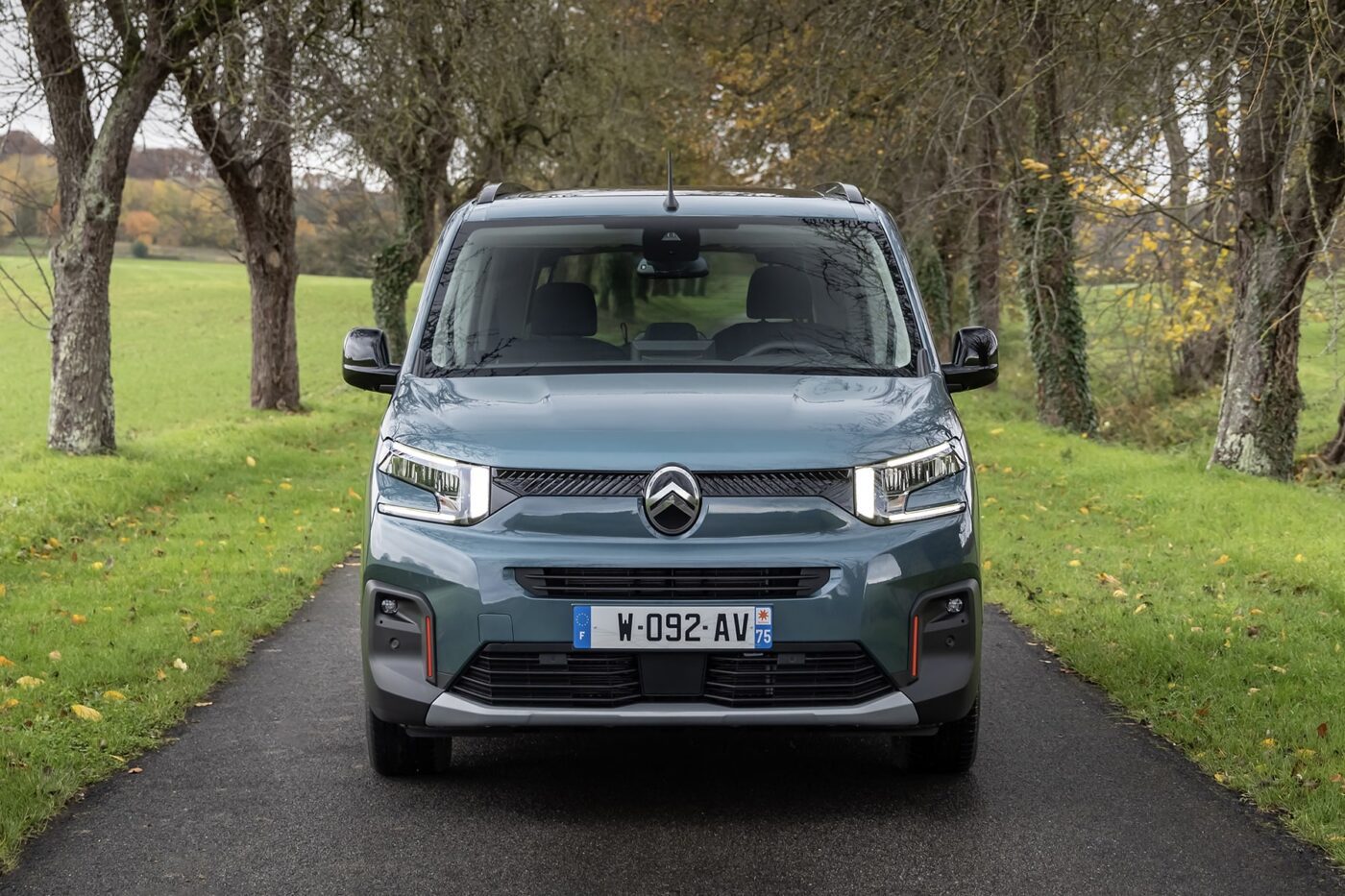
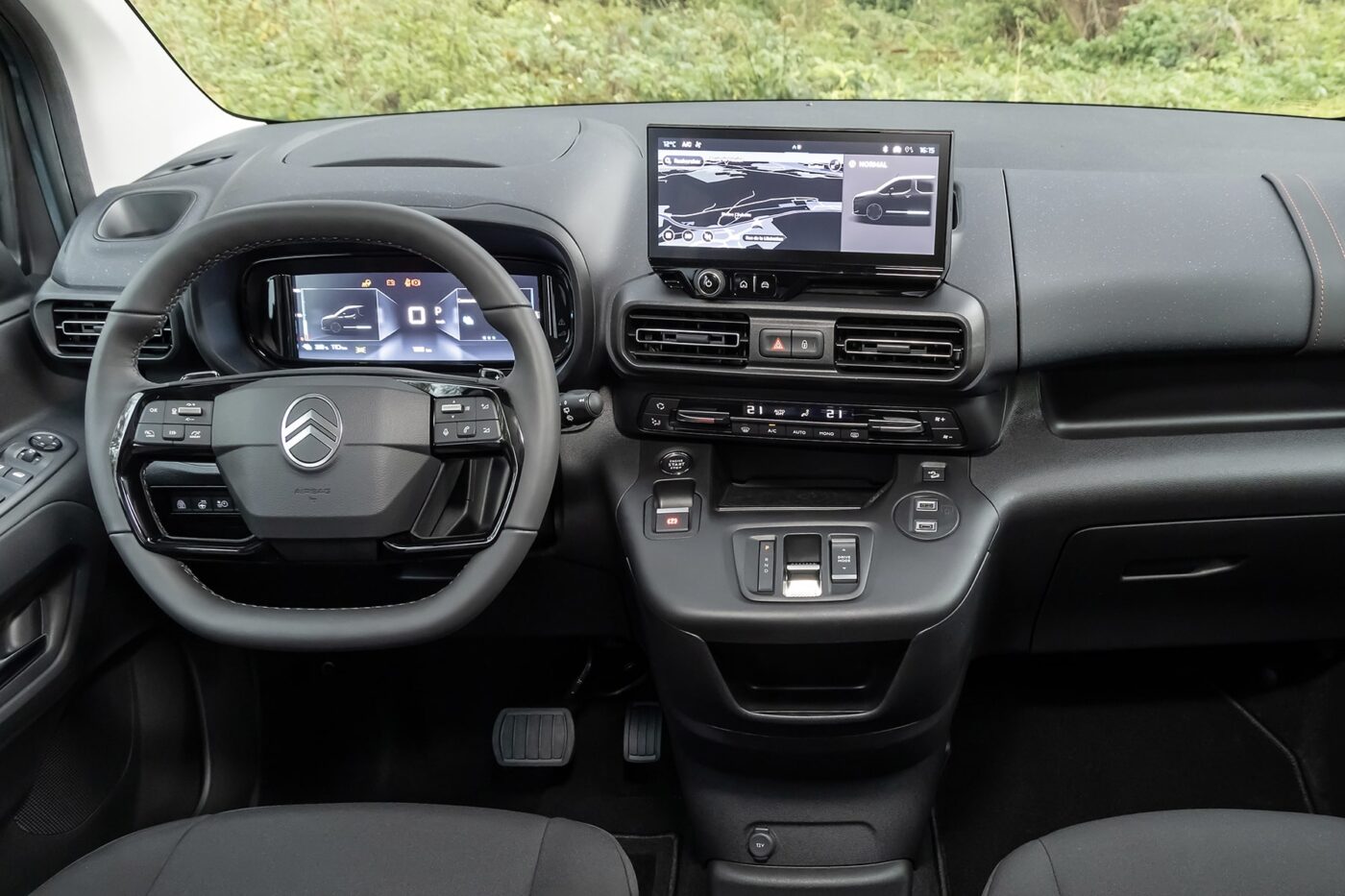
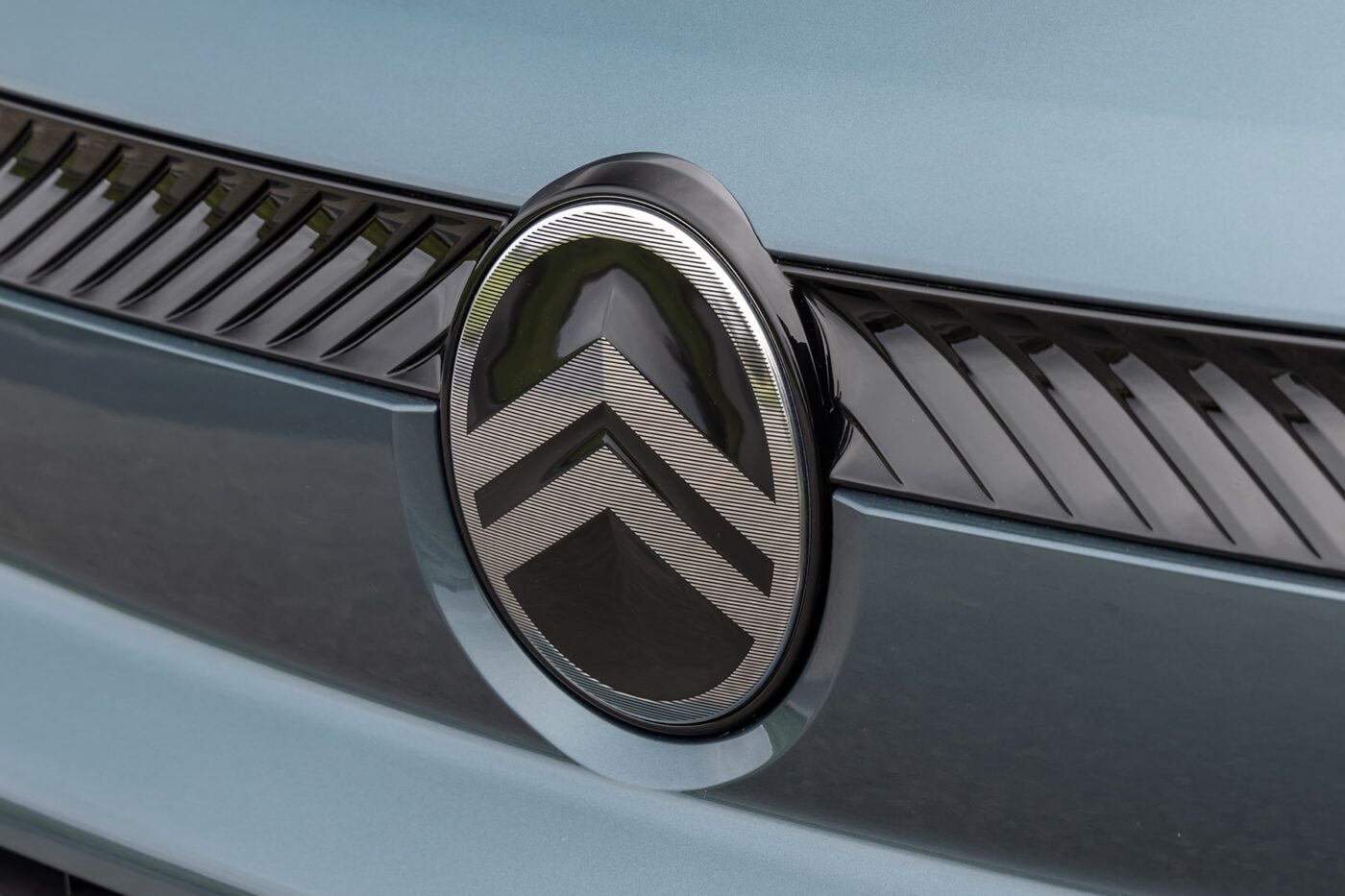
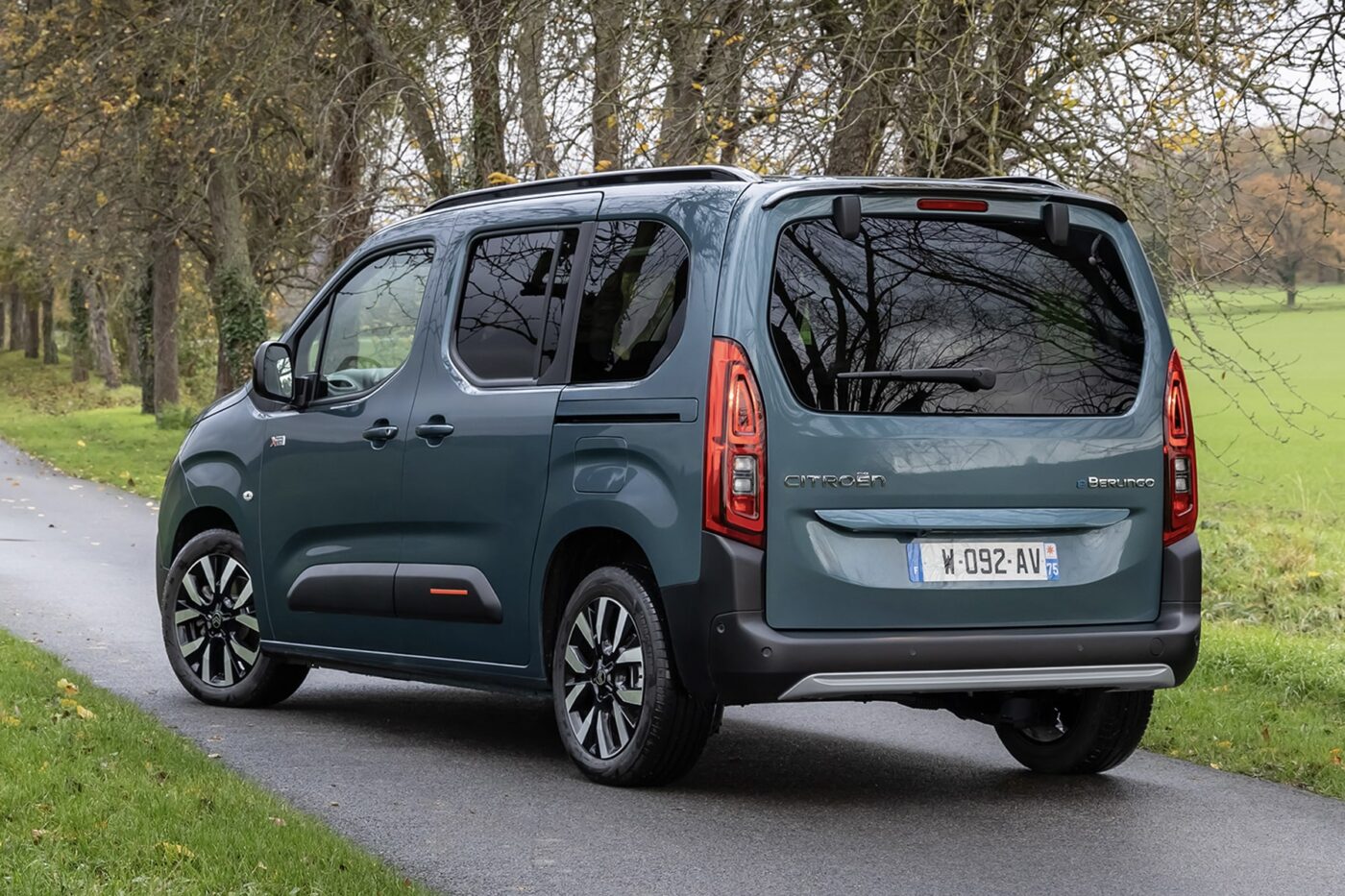
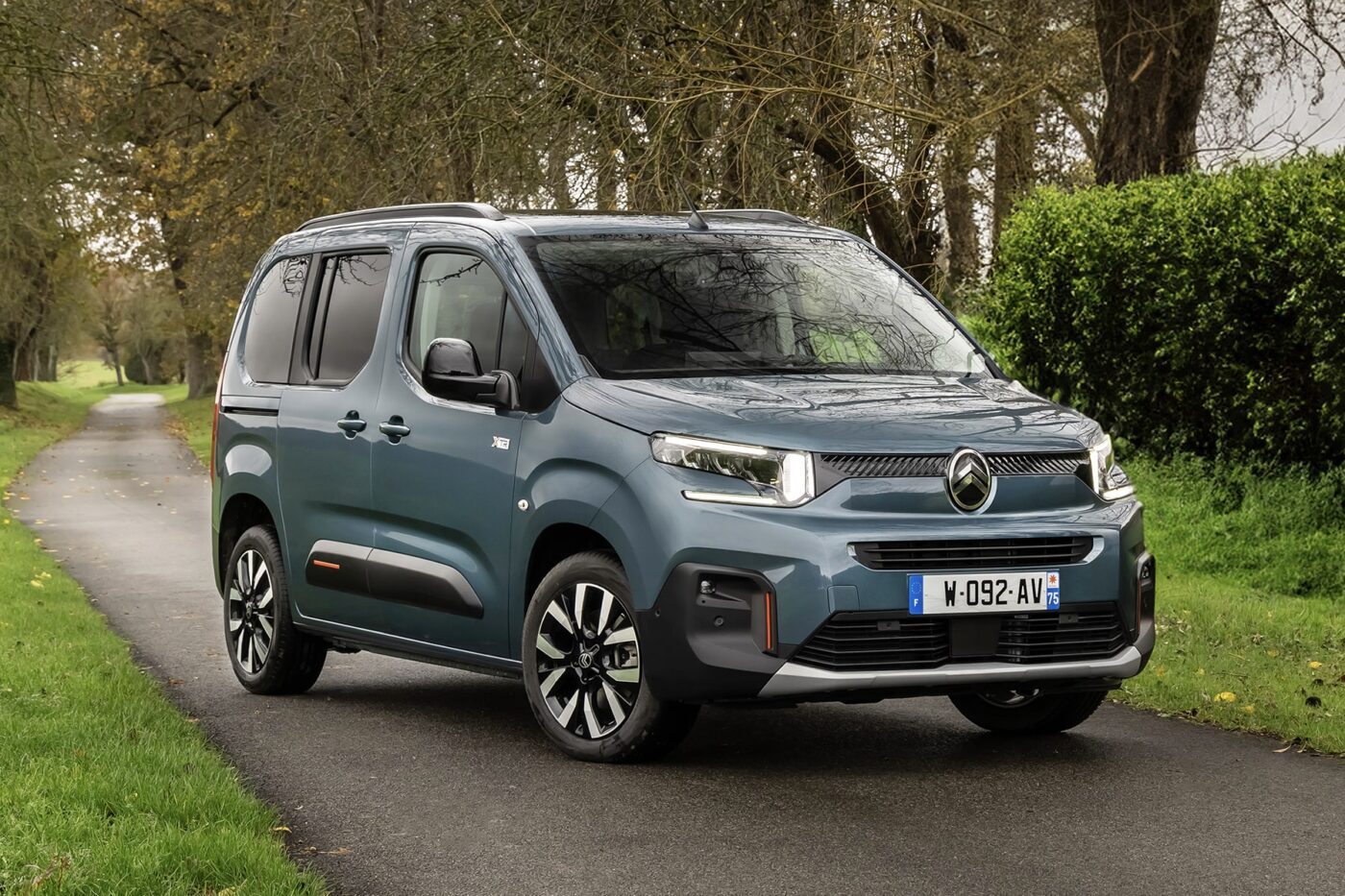
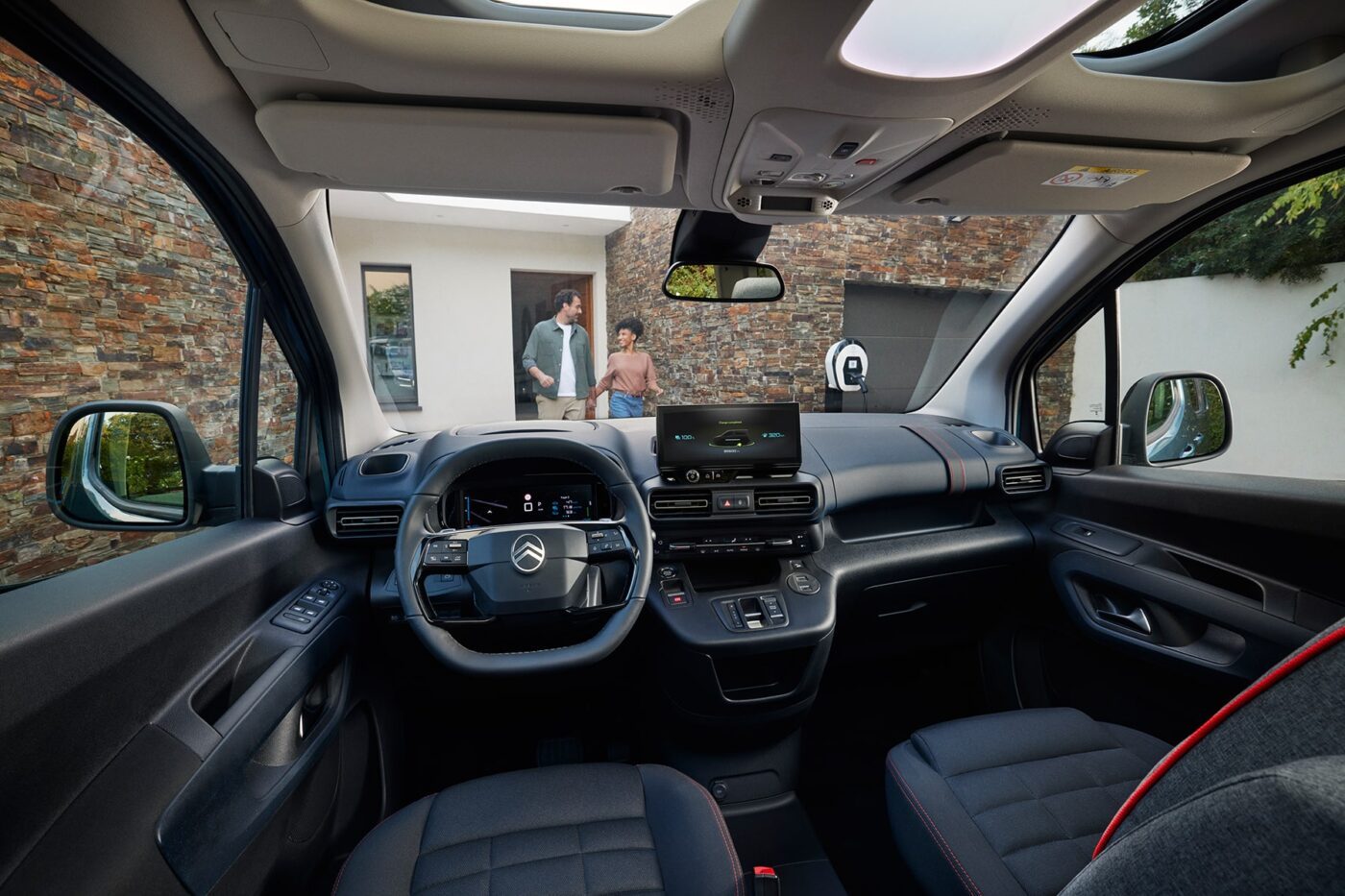
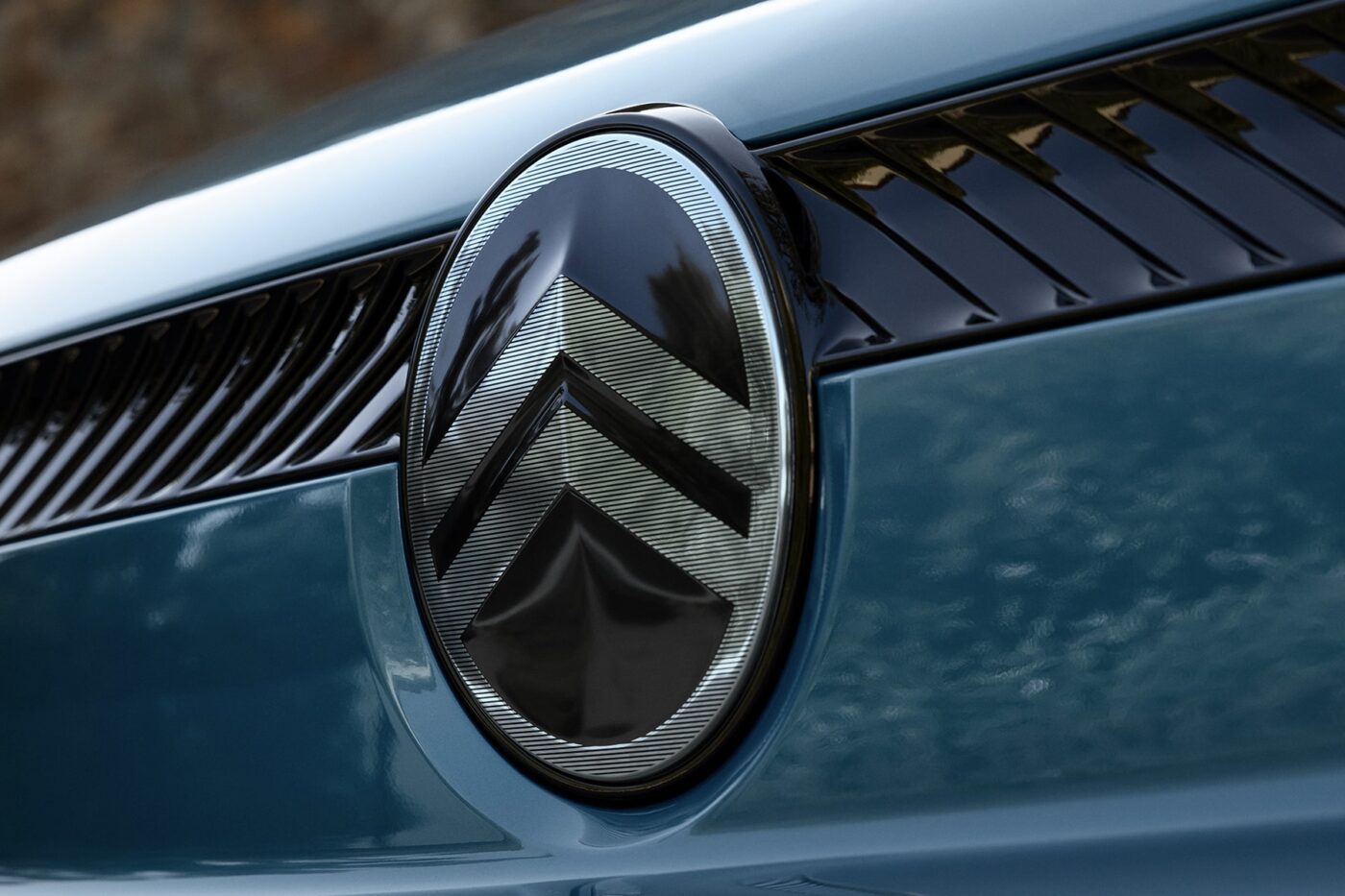
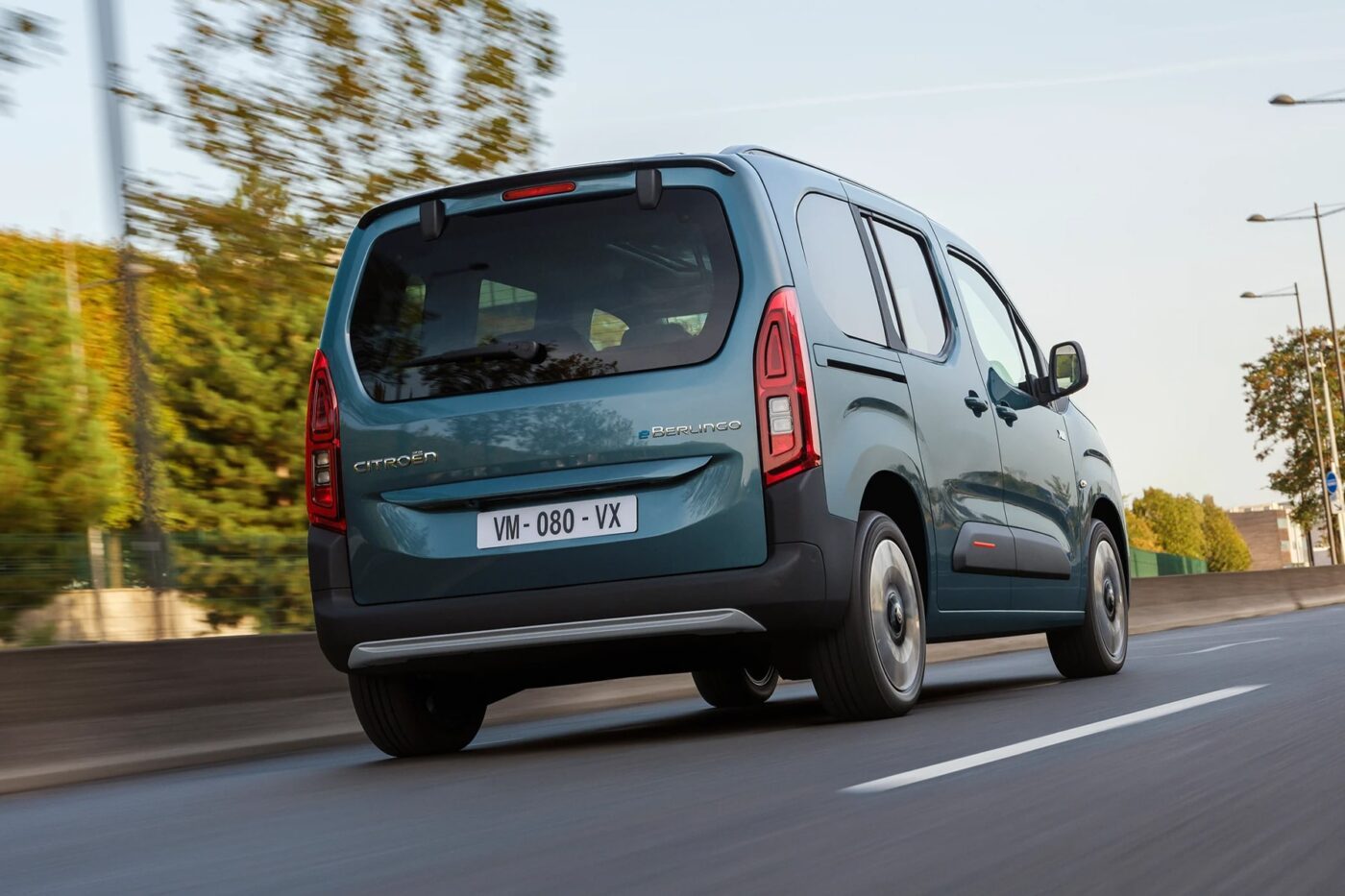
Back in October, we pointed out that the increase in range from 50 kilometres to up to 320 kilometres could not be attributed solely to efficiency measures such as the heat pump. However, the change from 50 kWh gross to 50 kWh net, around five kilowatt-hours more, in combination with the lower overall consumption can. According to Citroën, the new WLTP range of up to 320 kilometres is “the result of great efforts to increase efficiency”. The manufacturer did not go into any more detail here.
Although the French company did not specify the exact DC charging capacity of the new LFP battery, it will be a maximum of 100 kW. The press release states that it takes 30 minutes “at a public 100 kW charging station” to charge the battery from zero to 80 per cent. Previously, this time window applied to charging from ten to 80 per cent. However, it remains to be seen how the LFP battery will behave at low temperatures in winter: This is because Citroën makes no mention of battery preconditioning in the communication. The route is planned on the smartphone via the e-Routes app, so automatic preconditioning during scheduled fast-charging stops does not appear to be possible. LFP batteries are considered to be sensitive to cold, and charging performance can drop noticeably.
The new ë-Berlingo comes with a 7.4 kW on-board charger as standard and can be optionally equipped with a three-phase 11 kW charger.
The drive power remains at 100 kW. Stellantis has now switched to an electric motor with 115 kW for numerous passenger car models, which was developed in-house by Stellantis together with Nidec. The 100 kW drive is still a supplier part that is sourced from Vitesco Technologies, specifically the EMR3.
Citroën has not yet provided any information on the prices of the new ë-Berlingo.

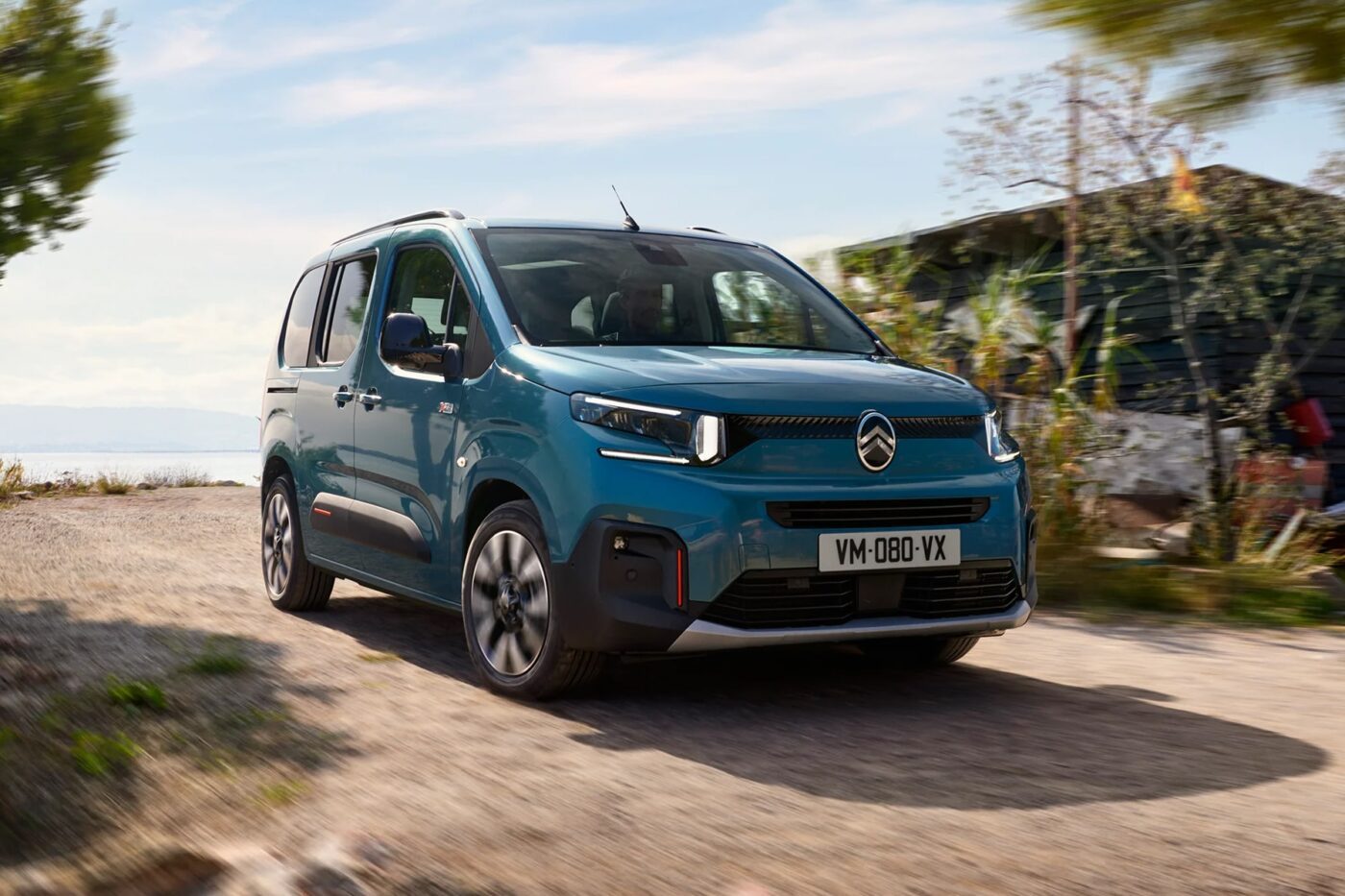



0 Comments